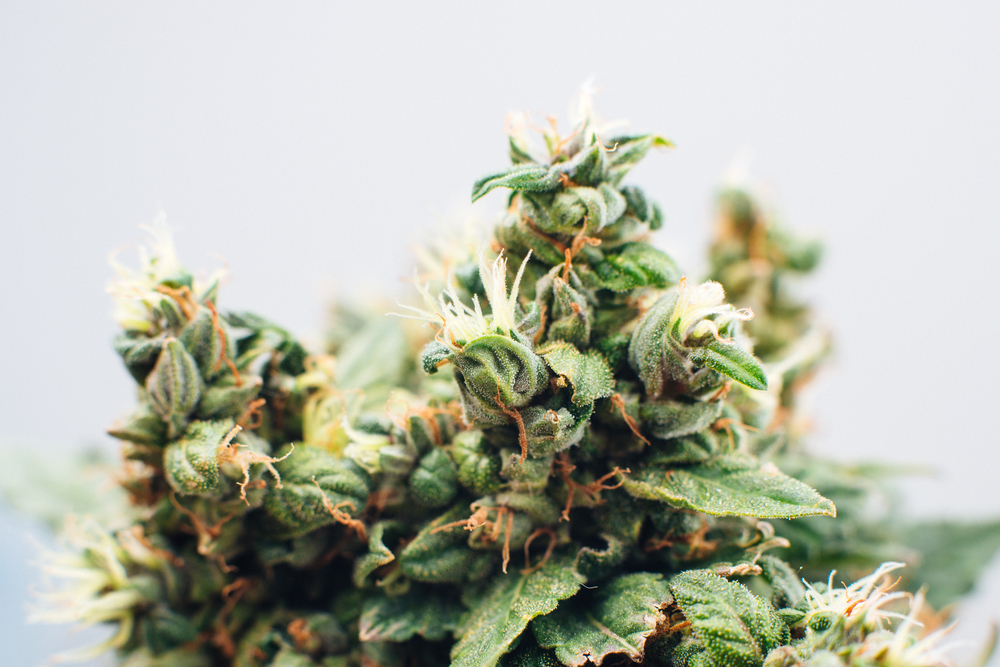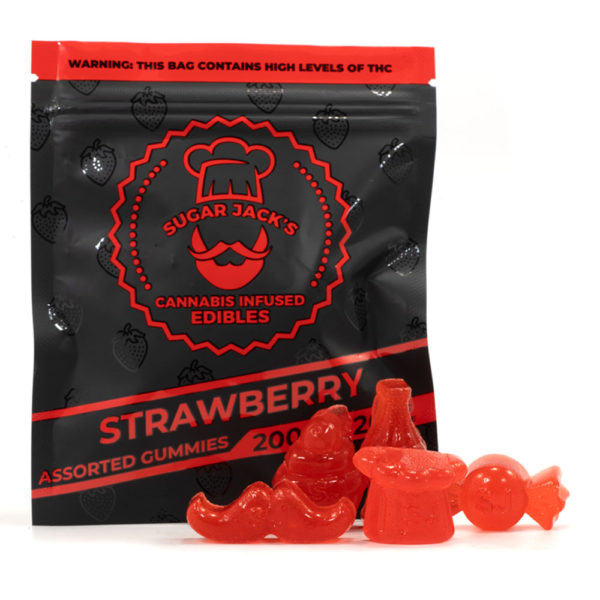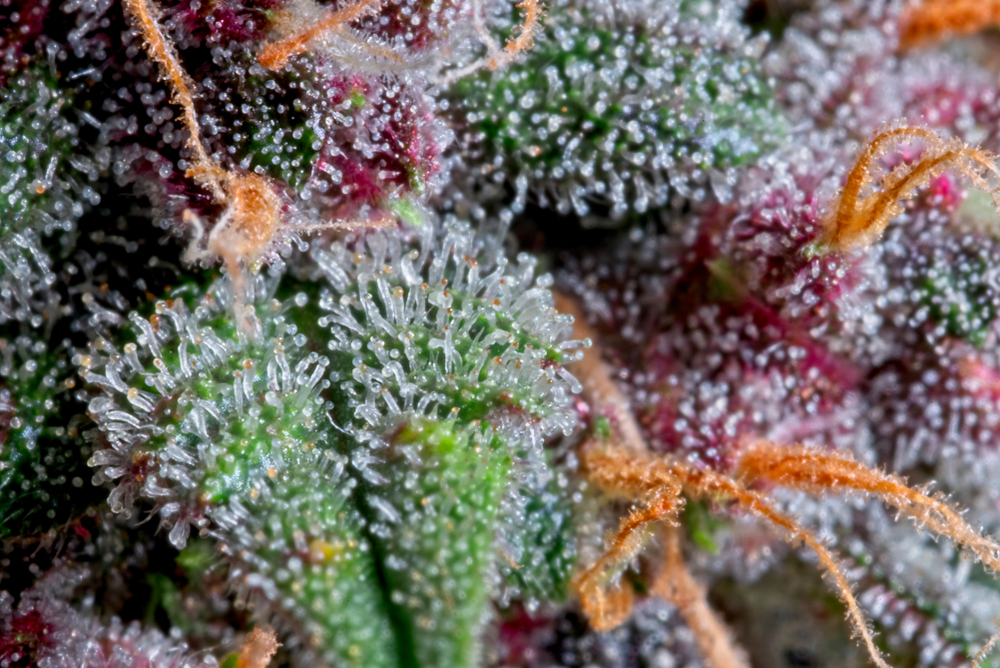Education
11-Hydroxy-THC – How Edibles Work
Those wondering why the THC in edibles packs a far stronger punch than the THC in joints, look no further than 11-Hydroxy-THC!
Most cannabis consumers know by now that edibles can produce a high that is fundamentally different than the high of smoking weed.
For those who require heavy medication or sedation, this is quite beneficial as the effects tend to last longer and produce a more substantial full-body buzz when used in high doses.
So why do they hit so differently than smoking or vaping? Keep on reading to explore how the cannabinoids in edibles interact with our bodies and how the metabolic byproduct 11-Hydroxy-THC works its magic!
What is 11-Hydroxy-Metabolite?
11-Hydroxy-THC, also known as 11-OH-THC or 11-Hydroxy Metabolite, is the primary active metabolite of Tetrahydrocannabinol (THC). This metabolite is created after decarboxylated cannabis has been ingested and metabolized by the liver.
It is a byproduct of metabolized THC, and it is what your body absorbs when consuming edibles.
When you eat an edible, the cannabinoids don’t immediately get absorbed by your bloodstream.
First, they pass through your gastrointestinal tract, where a bunch of enzymes break them down before they get metabolized in the liver.
THC vs THCA vs 11-Hydroxy-THC

THCA is the Precursor to THC
The cannabis plant doesn’t directly carry any Tetrahydrocannabinol (THC) until it has been decarboxylated.
Instead, most of the cannabinoid compositions contain Tetrahydrocannabinolic Acid (THCA), the precursor to THC, which is not psychoactive.
What’s interesting is that cannabis can only produce its high when you combust your weed or decarboxylate it to activate the THCA. It’s the heat that converts it to THC.
This is the main reason why we have to heat up the cannabis oils in edibles and spark our joints before we consume them.
While Tetrahydrocannabinolic Acid (THCA) isn’t a psychoactive cannabinoid, it carries a different set of attributes and benefits compared to Tetrahydrocannabinol (THC).
THCA is known to boast anti-inflammatory properties, as shown in this 2011 study. It also carries neuroprotective properties and antiemetic properties (appetite-stimulating properties that decrease nausea), helping with recovery.
11-Hydroxy-THC is More Potent Than THC
This is what sets the high from cannabis edibles apart from smoking your standard joint.
When decarboxylated THC is ingested, it makes its way through the digestive tract where it eventually ends up in the liver to get metabolized into 11-Hydroxy-THC.
The main difference between 11-OH-THC and THC is that 11-OH-THC can be up to 10 times stronger. After it gets converted in the liver and enters the bloodstream, it travels to the brain where it has an enhanced ability to penetrate the blood-brain barrier, meaning that it’ll hit you all at once with a staggering amount of strength.
This fact is the main reason why edibles tend to feel much more potent.
11-Hydroxy-THC and Edibles
The practices of both smoking and eating cannabis have been around for generations. Both are thought to have been the pillars of cannabis consumption, being utilized by people worldwide.
Yet the way THC is absorbed through smoking is drastically different from how it’s absorbed by eating edibles.
When we smoke marijuana, the THC is absorbed directly by the lungs through millions of tiny air sacs called alveoli. These air sacs are responsible for the gas exchange when breathing, smoking, or anything that has to do with inhaling air.
Alveoli are the reason we feel the effects of smoking cannabis much faster than eating, meaning the cannabinoids can get absorbed and enter the bloodstream within seconds!
From there, the cannabinoids travel to the brain, where they get you feeling high. This process takes only minutes to complete, with users feeling the effects nearly instantaneously.

For edibles, the THC must go through a much longer process.
The cannabinoids must first pass through the digestive tract. They go through what’s known as the first-pass metabolism to get broken down to 11-Hydroxy-THC by the liver before they can be administered to our bloodstream and produce psychoactive effects.
Cannabis users typically report experiencing a different type of high with edibles. It’s more potent, buzzing, and effects tend to last longer.
However, because cannabinoids need to be digested, there is also some delay before the effects kick in. Choosing to enjoy edibles means that you may need to wait anywhere from 30 minutes to 2 hours before you feel the effects.
However, once they do kick in, you’re going to be in for a ride that can last upwards of 8 hours, depending on how much you took.
Edibles are better for your health than smoking weed. When smoke enters your lungs, it can hurt them through harmful carcinogens and toxins. Edibles, on the flipside, bypass the entire smoking ritual and enter your body through the liver producing more potent effects.
They are also super tasty and a fun way to enjoy the benefits of cannabis!
11-Hydroxy-THC – The Reason Why Edibles Hit Harder
The 11-Hydroxy-THC in edibles is, without a doubt, a superior psychoactive ingredient compared to standard Tetrahydrocannabinol (THC), which can make it a wild ride for new cannabis users.
If it’s your first time trying edibles, the sheer potency of 11-OH-THC may be too much to handle. One of the best ways to enjoy cannabis edibles is to plan ahead of time and create an environment where you can simply let loose and relax without worrying about any other external factors.
Like many other cannabis products such as dabs and flower itself, you’ll want to follow the golden rule: start low and go slow for edibles.
Now that you’ve gotten a good understanding of what separates Tetrahydrocannabinol (THC) apart from Tetrahydrocannabinolic Acid (THCA) and 11-OH-THC, you can confidently approach different aspects of cannabis to find exactly what you want to fulfill your appetite.
Enjoy!



